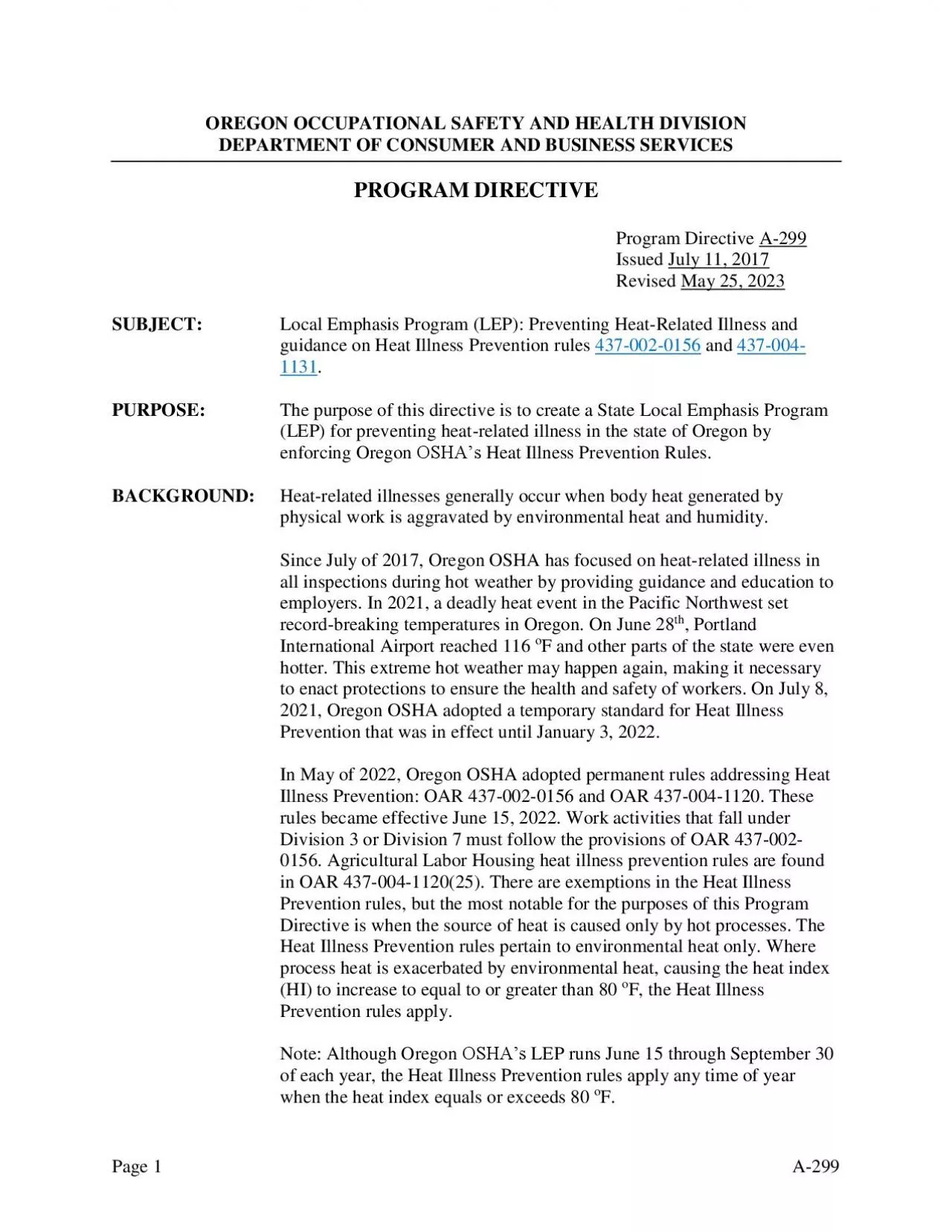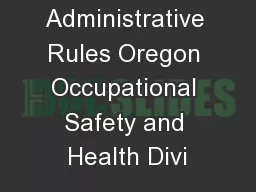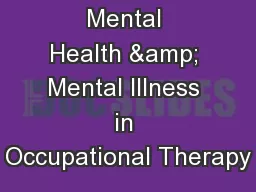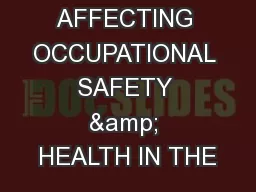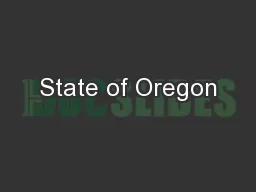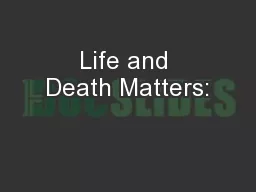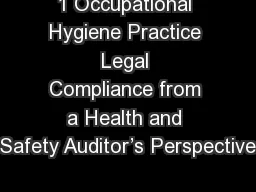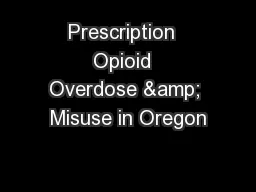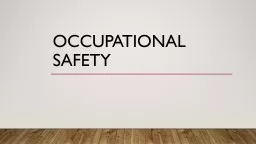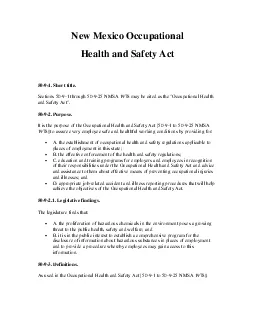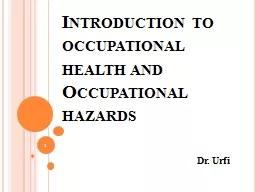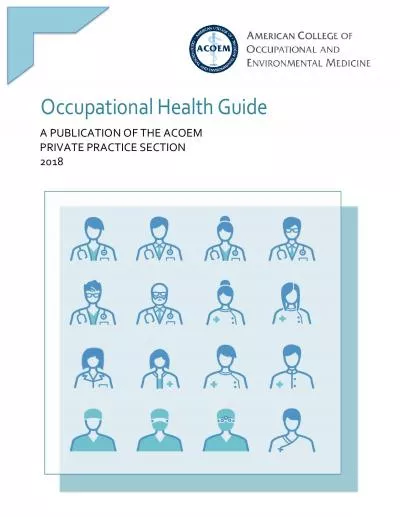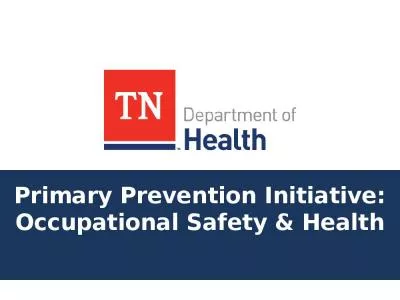PDF-OREGON OCCUPATIONAL SAFETY AND HEALTH DIVISION
Author : phoebe | Published Date : 2021-09-26
Page 1A299DEPARTMENT OF CONSUMER AND BUSINESS SERVICESPROGRAM DIRECTIVEA299Issued July 11 2017Revised July 15 2021SUBJECT Local Emphasis Program LEP Preventing Heat
Presentation Embed Code
Download Presentation
Download Presentation The PPT/PDF document "OREGON OCCUPATIONAL SAFETY AND HEALTH DI..." is the property of its rightful owner. Permission is granted to download and print the materials on this website for personal, non-commercial use only, and to display it on your personal computer provided you do not modify the materials and that you retain all copyright notices contained in the materials. By downloading content from our website, you accept the terms of this agreement.
OREGON OCCUPATIONAL SAFETY AND HEALTH DIVISION: Transcript
Download Rules Of Document
"OREGON OCCUPATIONAL SAFETY AND HEALTH DIVISION"The content belongs to its owner. You may download and print it for personal use, without modification, and keep all copyright notices. By downloading, you agree to these terms.
Related Documents

